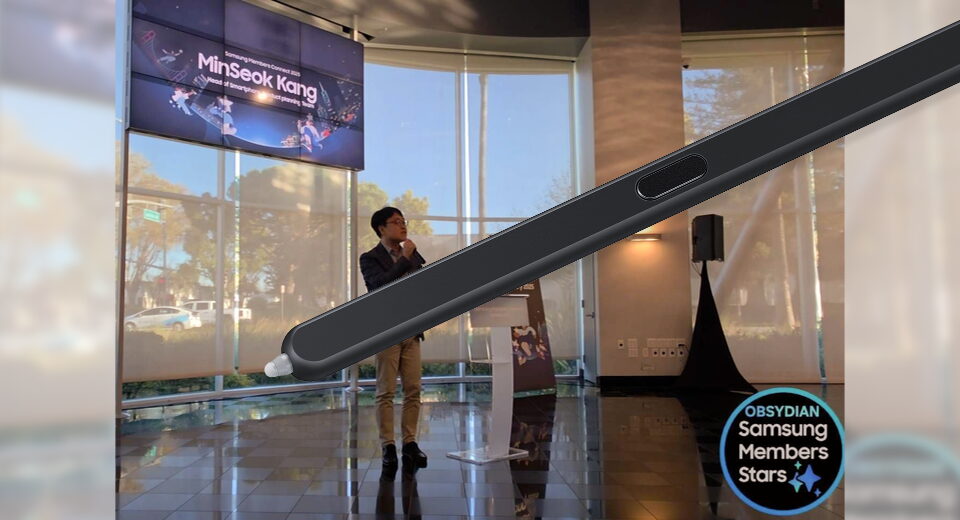At 17, Hannah Cairo solved a major math mystery

“I went to office hours and asked him, ‘Do these ideas work?’ It turned out they didn’t because they were silly,” she said. “There’d be this back-and-forth. I’d come to office hours with new ideas and ask if they work. And he’d say no.”
Cairo kept reading and thinking. Eventually, she found a way to construct a strange, complicated function out of waves whose frequencies all lay on a curved surface — the type of surface the conjecture required. Usually, when you add these kinds of waves together, they interfere, canceling each other out in some places and reinforcing each other elsewhere.
But Cairo showed that in her function, they didn’t cancel out as expected. Instead, their interference created uneven patterns, causing the function’s energy to spread out over some areas and concentrate in others in a fractal-like way that the Mizohata-Takeuchi conjecture prohibited. She found herself staring at a mathematical construction that by many accounts shouldn’t exist.
At first it made her wary. “This is something that happens to me often,” she said. “I come to something that looks like a proof, and I think I have a proof, but [then] I’ve actually been wrong.”
Then two things happened. The first was that she realized she could replace her complicated construction with a much simpler one and achieve the same result.
The other was that she convinced herself, and Zhang, that the result was right.
“Cairo’s paper is a great example of how natural and elegant conjectures can fail in ways we didn’t think of,” Oliveira said. “But to see that, we need to look through the right lenses.”
A New Landscape
The proof, and its unlikely author, have energized the math community since Cairo posted it in February. “I was absolutely, ‘Wow.’ This has been my favorite problem for nigh on 40 years, and I was completely blown away,” Carbery said. “When I found out [Cairo] was much younger than I previously thought, I was much more impressed. The elegance with which the paper is written is quite extraordinary.”
Mathematicians are excited about how Cairo’s work will inspire new research. “I am certain that, from now on, whenever we come upon a problem of similar flavor, we will try to test it against Cairo-like constructions,” Oliveira said.
He and others in the harmonic analysis community will also have to reckon with a changed landscape. In harmonic analysis, there’s a constellation of questions about how the energy of a wave concentrates. If a conjecture known as Stein’s conjecture were true, it would cement connections between some of the most important questions in that broader constellation. But Cairo’s work shows that Stein’s conjecture is false. It eliminates one of the most promising links mathematicians had hoped to establish between different parts of harmonic analysis.
The math world is also adjusting to the fact of Cairo herself. After completing the proof, she decided to apply straight to graduate school, skipping college (and a high school diploma) altogether. As she saw it, she was already living the life of a graduate student. Cairo applied to 10 graduate programs. Six rejected her because she didn’t have a college degree. Two admitted her, but then higher-ups in those universities’ administrations overrode those decisions.
Only the University of Maryland and Johns Hopkins University were willing to welcome her straight into a doctoral program. She’ll start at Maryland in the fall. When she finishes, it will be her first degree.
What's Your Reaction?
 Like
0
Like
0
 Dislike
0
Dislike
0
 Love
0
Love
0
 Funny
0
Funny
0
 Angry
0
Angry
0
 Sad
0
Sad
0
 Wow
0
Wow
0








































